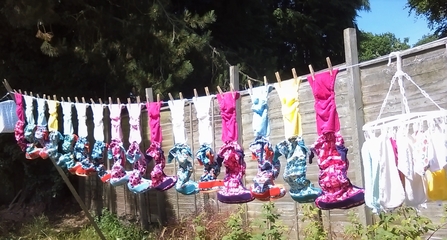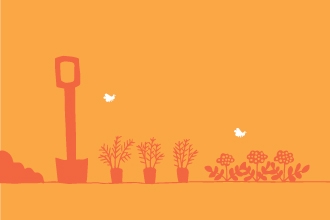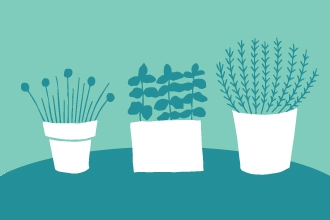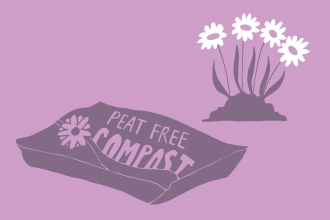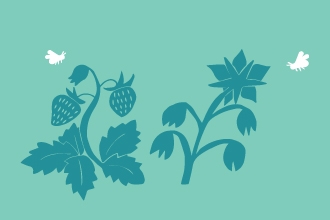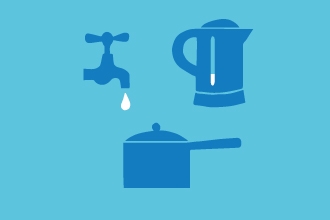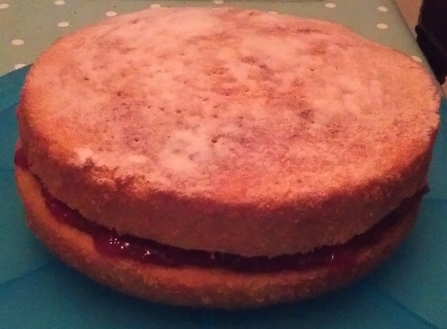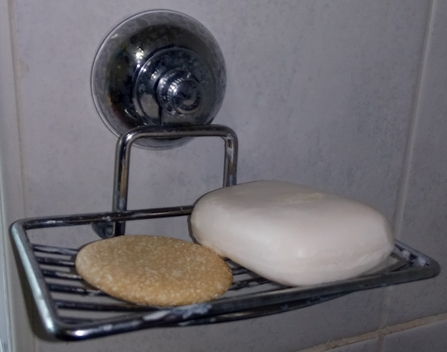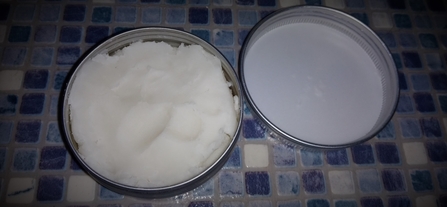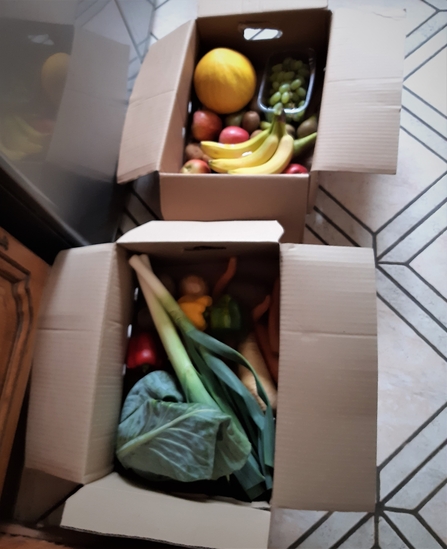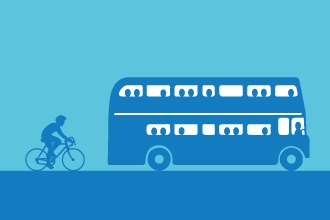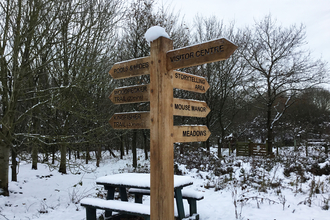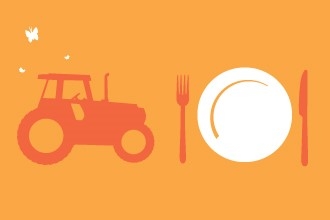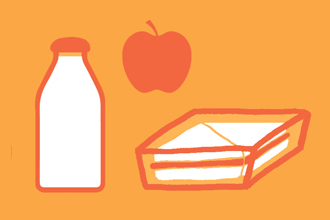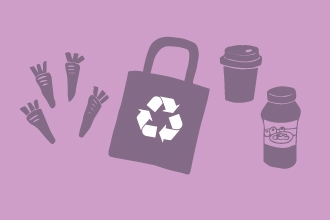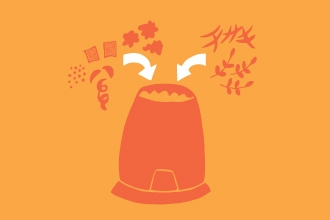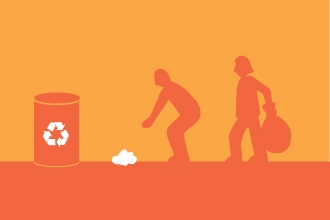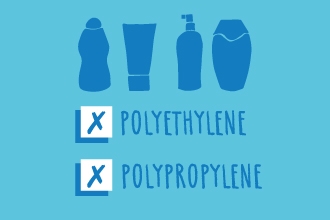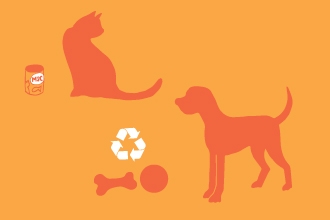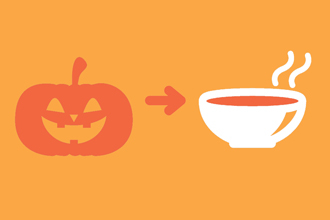Over the past 12 months I have used the extra time and challenges that lockdowns have provided to further explore my own impact on the environment and try out different ways to reduce my family’s environmental impact. Here I will share with you the good and bad, the extra personal benefits, the mistakes and the, “I wish I had always done this”!
Which issue to address?
The most difficult place to start is deciding which environmental issue you want to address. My example for this is actually a decision I made over three years ago – disposable or reusable nappies. The environmental impact of disposable nappies is large as they take a lot of space in landfill and are incredibly slow to degrade, their manufacture has high chemical inputs and there is the impact of their distribution, and of course single use plastic issues. But reusable cloth nappies are not without fault. Made to last, they do use high quality materials but many brands rely on plastics for the waterproof properties. Increased laundering not only uses electricity and a lot of water but also detergents have an impact and there is also drying to consider.
As our ancient washing machine died at the time we were making this decision we were able to replace it with a A++ energy rated machine that also uses minimal water (which we have discovered is not useful for washing nappies and so frequently they need an extra rinse!) but we felt it was one obstacle overcome, the second was the fact that we were already with a green energy supplier and users of eco detergents. We then researched materials that nappies were made from and were able to find a brand that was made from bamboo and recycled plastic. Drying has been a major issue for us as we would not consider a tumble dryer due to high energy use and so opted for outdoor and radiator drying and rapidly discovered that we needed more nappies than first thought as they took a long time to dry. Sadly we did have to dip into the emergency disposable supply more than we would have liked, to the point that we decided it would be better to buy more reusable nappies.
Another pitfall we fell into was disposable liners as we soon discovered that many readily available brands contained plastics and so the landfill and single use plastic issue was still there. I did try a very expensive organic plastic free brand but realised that they were just like kitchen roll! Therefore used kitchen roll for a while with success but when the first lockdown hit we could not get hold of it. After much googling I discovered fleece liners were a thing and so rather than buying new, I cut up an old blanket. These get washed with the nappies and work brilliantly and so I now feel incredibly guilty about all of those disposable liners I sent to landfill (flushing blocks the sewers). I have now made it to the other side of potty training and overall I do feel we made the right choice because at the end of the day the amount of plastic and landfill space we have saved has been incredible. This hit home when we went on our first family holiday – we had to use disposables due to no washing machine where we stayed and in just one week we produced two black bin liners of just nappy waste! At home we often only put out half a bag a week!
You may be wondering what will happen to all these nappies; they do have another baby to go through and then I have a large collection of items that will not degrade in my children’s lifetimes and so I will either gift them to someone else as an act of eco-evangelism or I have found a charity that will send them to families in developing countries to use. The bottom line is that everything we do has an impact on the environment; it is a case of deciding which impact you want to address and trying to think of ways of doing things that will have the least impact.


